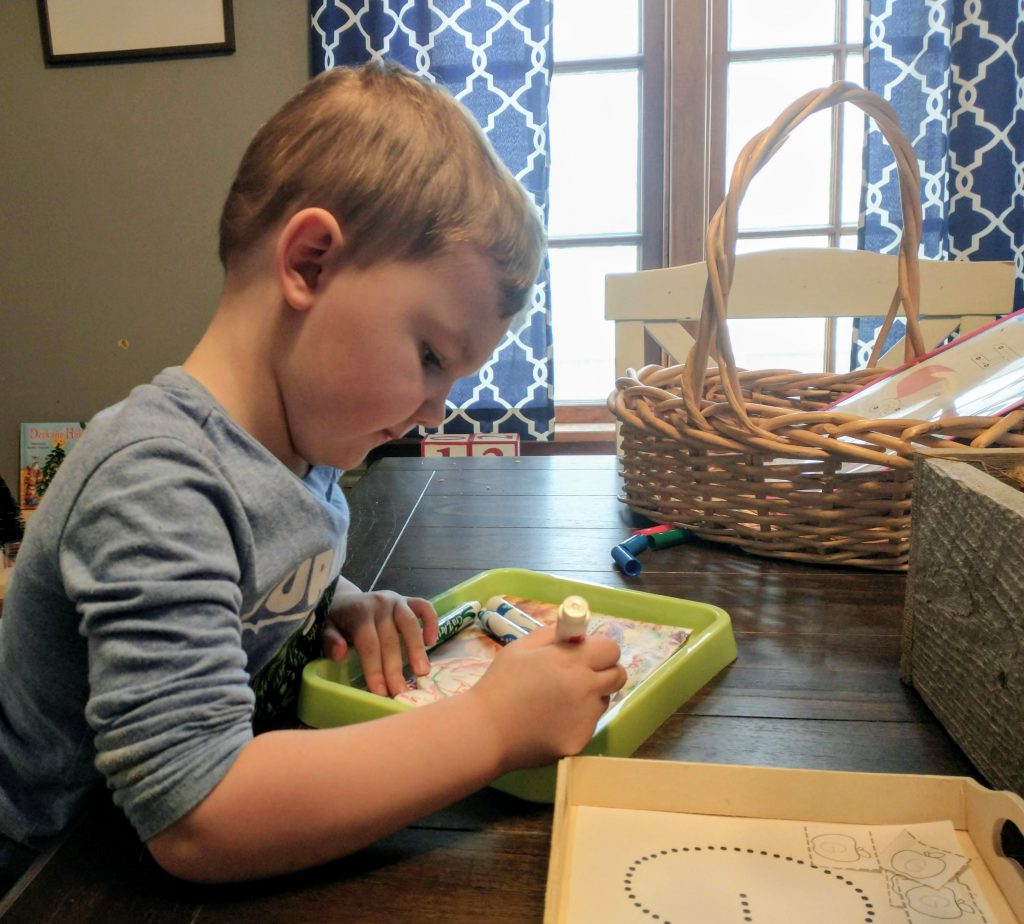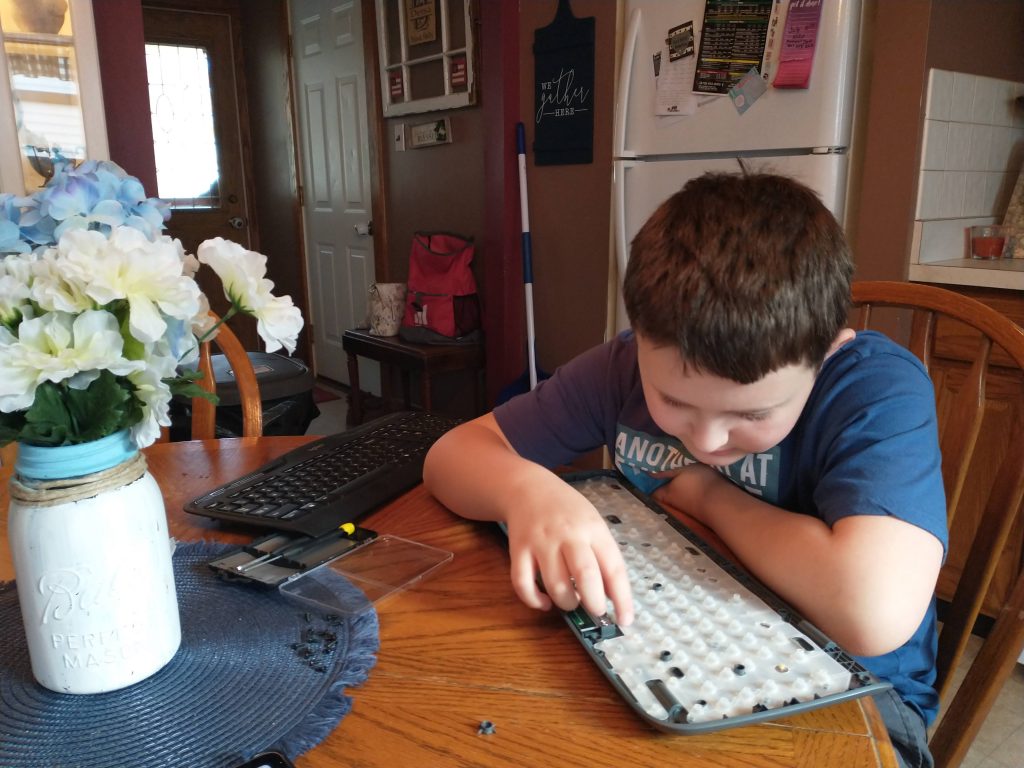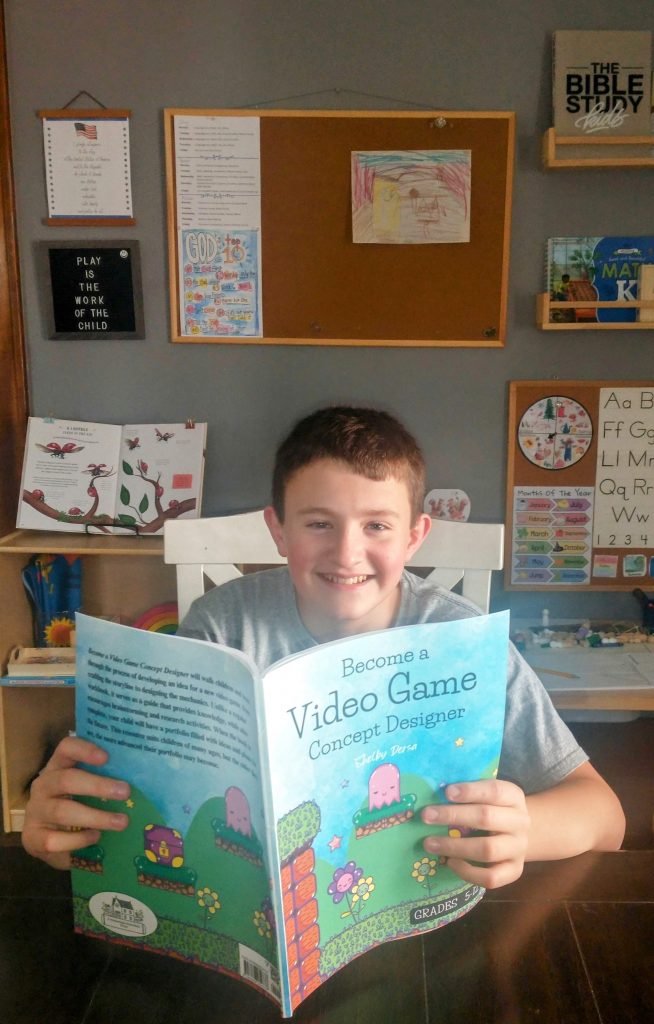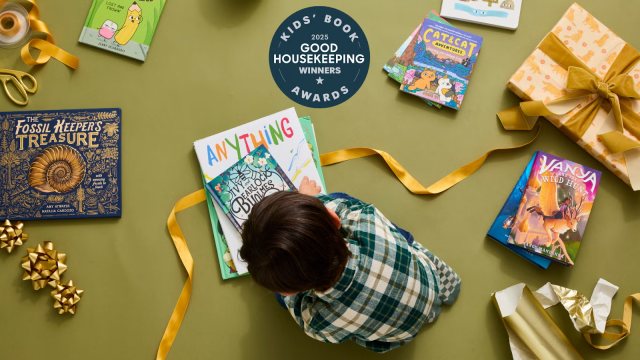Home Schooling Embraces Passions Through Self-directed Learning
- September 18, 2025
- By Shelby Dersa

What happens when a child is provided with sufficient time and space to explore their special interests, practice desired skills, or uncover something new? They find out what they are passionate about. Throughout my years as a homeschooling mother, I always prioritized ensuring that my children’s schedules were not overly packed with structured lessons, allowing space for self-directed learning. This approach offered them the freedom to delve deeply into subjects that truly captivated their minds. Whether it was painting vibrant canvases, constructing intricate models, or getting lost in the world of books, each child was able to discover and nurture their unique interests. By creating an environment where curiosity thrived, I noticed how their enthusiasm for learning naturally grew. They became more inquisitive, often leading our family discussions with newfound insights and perspectives. It was heartwarming to see them develop not just academically, but also personally, as they learned to trust their instincts and follow their passions

Goal Setting
Before encouraging kids to explore self-directed learning, talk to them about their interests. Aside from the obvious topics that you know they like, there are probably way more ideas they are filled with than you or even themselves realize. Questions to ask when having this discussion could include what topics from their school lessons piqued their curiosity, what is a fun fact they heard that they’d like to explore further, or what is something that they think is important to learn more about. When it comes to attaining a new skill as opposed to just studying topics of interest, ask them what is something they’ve always wished they could accomplish, learn to do, or get better at. Setting these kind of goals ahead of time will make the act of self-directed learning more impactful.
Resource Gathering
A large part of self directed learning is knowing how to gather the resources to make it happen. Some children might be really good at making the initiative to do this step on their own, and others may need more help. My daughter was always good at this skill. She’d request books from the library, look for supplies at the store, or find videos online that fulfilled her learning goals. One of my other children had no idea where to start and needed much more support. When it comes to younger children, you may have to do all of the work yourself. However, as they grow, it’s essential to gradually guide them towards independence. Start by showing them how to use search engines effectively, introduce them to educational websites, and explore local community resources together, such as museums or clubs that align with their interests.

Finding Mentorship Within the Community
Sometimes it pays off to seek additional support in the community when encouraging kids to follow their passions. Whether your child is into blacksmithing, coin collecting, rocks and minerals, or sewing, there is usually always someone to be found who can share their wisdom on the subject. When one of my sons was eleven years old, he expressed an interest in woodworking. We happen to have a neighbor who is retired and works out of his shed often, whipping up projects including creations that he sits on his front lawn for sale. When we asked him if he’d be willing to teach my son some basic woodworking skills, he was delighted. Over the course of a couple weeks, they worked together in his shed building a mini model of a sailboat. The experience was invaluable. Not only did my son gain practical skills and confidence in his abilities, but he also developed a meaningful relationship with a mentor who shared his passion. This connection enriched his learning journey, providing him with insights and techniques that only an experienced craftsman could offer. Mentorship opportunities often come with stories and wisdom that textbooks can’t provide. Incorporating these experiences into our homeschooling routine not only diversified my children’s education but also reinforced the idea that learning is a lifelong adventure, enriched by the people we meet along the way. It’s a reminder that sometimes the most valuable lessons are learned outside the classroom, in the heart of the community, fueled by passion and shared knowledge.
Incorporate a Passion Basket
“Passion baskets” became popular in our house. At the end of every school day, each of my children would take out their basket that was specifically curated for them. Items such as small musical instruments, art supplies, engineering materials, coding books, or educational magazines filled the baskets to the brim. Sometimes, I’d include a list of links to websites to explore. These passion baskets were put together based on my kids’ current interests. Some of the materials would need to be switched out every month or two, or I would add new stuff once in a while. My kids would help build their baskets or at least add their input of ideas. Having time set aside after their formal studies were completed encouraged them to get their work done and gave them time to unwind while also being productive.

Learning Reflections
Self-directed learning should involve encouraging children to regularly reflect on their educational journey. Ask them what strategies have worked well, what they enjoyed most, and what could be improved. This reflection allows them to adjust their approach and set new goals, ensuring that their learning remains dynamic and personalized. Through these steps, we can nurture self-directed learners who are not only knowledgeable but also adaptable and enthusiastic about exploring the world around them.
Watching my Children Become Self-directed Learners
My family’s home school journey has taught me that education is not just about imparting knowledge, but about empowering children to become lifelong learners who feel confident in pursuing their dreams. Observing my children taking control over some of their education has been even more satisfying than seeing them score a good grade on a test. The information they come to learn on their own terms is probably the knowledge they will remember the most. Ultimately, it’s about equipping our children with the tools they need to navigate the world with confidence, creativity, and a love for learning that will last a lifetime.


